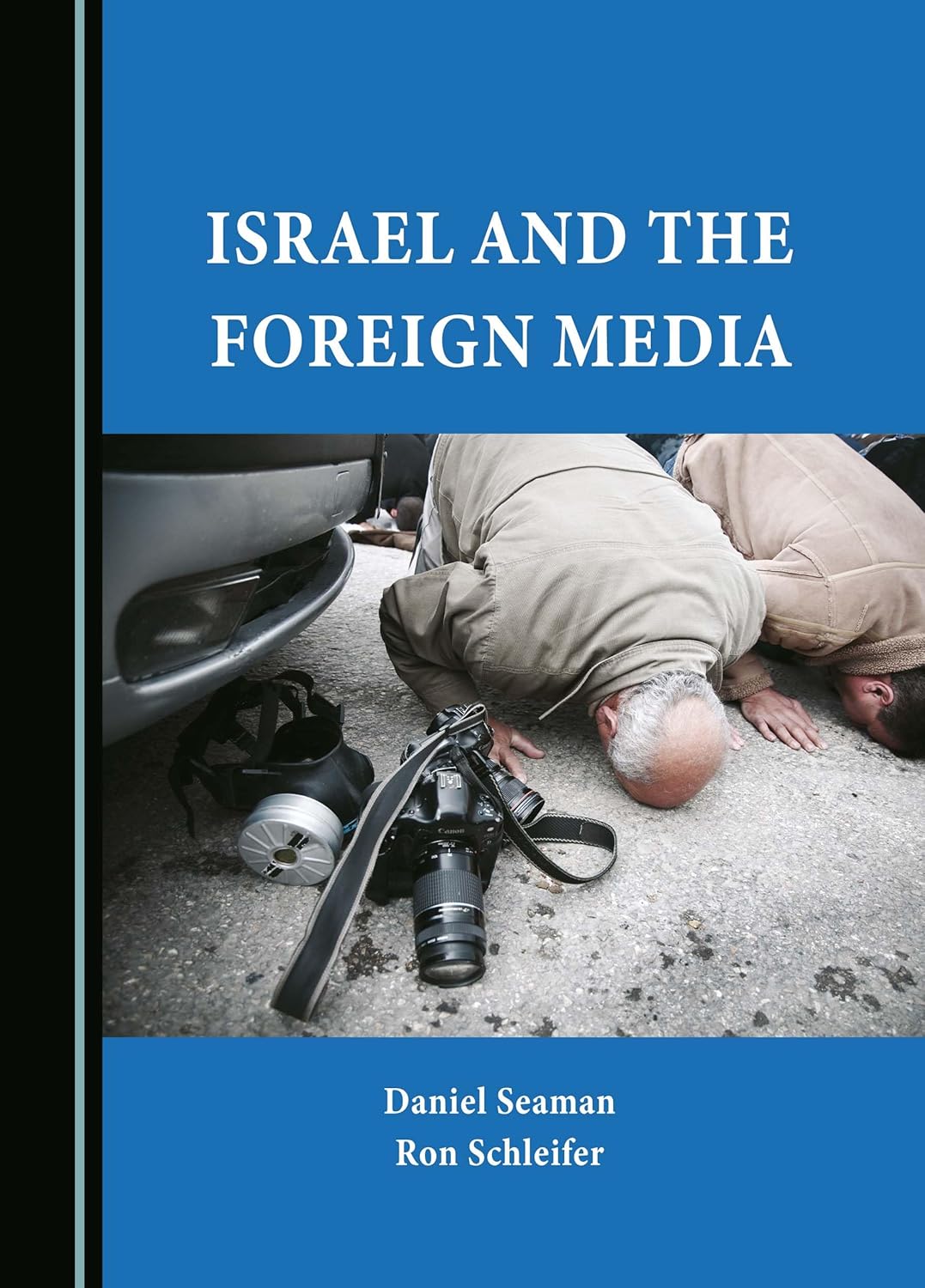
Rochel Sylvetsky is senior consultant and Op-ed and Judaism editor of Arutz Sheva. She was Chairperson of Emunah Israel, CEO of Kfar Hanoar Hadati Youth Village, and is a member of the board of Orot Yisrael College and the Knesset Channel.
Once the horrific details of the October 7th massacre became public knowledge, we in Israel found ourselves facing other attacks and proving once again how unique and different we are - we actually had the temerity to refuse to justify Hamas barbarity. In fact, not being intersectional Harvard or Columbia preppies, we thought Hamas deserved to be wiped off the face of the earth for barbarically murdering 1200 civilians and promising to try to do it again. That’s innate Jewish colonialist and white-privilege for you (okay, we are 50% non-white, but in progressive circles, who counts Ethiopian and Sephardic Jews?).
October 7th was so awful, so heartbreaking, and so devastating. After seeing the films of massacre scenes at the kibbutzim and the Nova dance party, many proudly filmed by the perpetrators themelves, it seemed that nothing could ever shock us again.
That thought, however, was premature, because the lowest point on the subhuman scale turned out to be inhabited by the press photographers who had eagerly accompanied the barbaric murderers. They took pictures - did they think the dead babies were a still life? - gave a helping hand when necessary – you know, propping a beautiful dead girl in the back of an open vehicle so she could be spit upon, all kinds of viral stuff you don’t want anyone to send to the news service before you get credit for the scoop, all in a day’s work.
One of the rescued hostages was held captive in the home of an Al Jazeera journalist. Ismail Al-Ghoul, another Al Jazeera journalist, who participated in the October 7 massacre (and was eliminated recently), was proven to be a bona fide Nukhba terrorist, not just some immoral hack who came along to watch the carnage and file reports.
It didn’t take a week for the slanted headlines and articles to fill the media, and when the war started several weeks later, any semblance to professionalism or investigative journalism went up with the smoke from the bombed buildings in Gaza. The pretend famine, the inflated numbers of casualties, the non-bombing of a hospital, all faithfully reported by bald-faced lying journalists – could they, would they get nothing right about Israel's existential war?
"Will you, won't you, will you, won't you, won't you join the dance?" asked the Mock Turtle in Alice in Wonderland – and many did, making a mockery of truthful, ethical journalism. They danced the anti-Zionist, antisemitic, condemn-Israel dance, the steps of which lead from the river to the sea.
But why? Are we that terrible at presenting our side? That is the accusation Israelis throw out at every occasion, following faithfully in the footsteps of their forefathers, the constantly complaining Israelites in the desert. Every Israeli, when he is not telling the IDF how to win the war against Hamas and destroy Hezbollah, complains about the country’s hasbara. Years of writing and journalistic endeavors have shown me that the issue runs deeper and muddier, that something is rotten in the state of journalism, and that it did not start with the Iron Swords War or Israel's hasbara..
With perfect timing, I was given a page turner 200-page book titled Israel and the Foreign Media (Cambridge Scholars Publishing) by Dr. Ron Schleifer of Ariel University, renowned authority on psychological warfare (called Psyop) and veteran media analyst Daniel Seaman, who headed the Israeli Government Press Office for ten years. The two are seasoned experts on how the foreign media reports on Israel and just one simple sentence in their book tells it all:
“Rather than serve as an observer and recorder, the press has become an active participant in the issues facing Israel.”
In other words, except for a few diehards, the press is a participant – on the side of Israel’s enemies, of course. Can’t say it more succinctly than that, can you? The foreign press, as the writers ably show, willingly cooperated with terrorists way before October 7th, so their biased reports on the massacre and the war that followed it are just more of the same.
Over a period of decades, the two observed how journalists, editors and photographers manipulate the news of the Israel-Palestinian Arab conflict with the aid of their willing Palestinian Arab operative friends. The book, filled with stories that leave the reader aghast, provides historical context for the fake news to which we are subjected. Today that is exacerbated by the information surplus, much of it bogus, provided by social media.
How does it happen? Reporters get the story first and their media infrastructure is quick, it’s collaborative, virtual, global, technical, and getting better all the time.
But are they all lying antisemites? Sadly, many are, but the book shows that it is much more complicated than that. Journalists really do face a dilemma. Even if the innate antisemitism of many of the press is left out of the picture, there are other factors that influence objectivity for the bad. Reporters are afraid to speak up – afraid for their lives or simply afraid they will be barred from news sources if they spout a pro-Israel line, because the Palestinian Arabs are quite clear about the kind of report they expect to see and do not balk at intimidation to achieve their goal. They track the reporters and do not let them come back if they criticize or fail to toe the Palestinian Arab line.
Some reporters simply don’t know enough and don’t bother finding out, writing whatever they are told. And then there is the progressive ethos many of them espouse, one which holds that If you are not weak, you are the bad guy, and in that case, all Israel can do is damage control.
Hamas uses psychological warfare unashamedly. Media are part and parcel of its psyop efforts to influence target audiences, and Hamas teaches its public relations people how to make the best impression with Western media representatives. Israeli hasbara, which tells the facts and is bound by ethics and legal institutions, is inherently at a disadvantage. Palestinian Arab news agencies even edged out Israeli photographers decades ago.
Hamas also works on emotions and we all know, for example, that one staged photo of an old man foraging for food in Gaza has more influence than proving that more food enters Gaza today than did before the war. After October 7, the films of atrocities tried to change that, but with limited success. Israel was in the wrong before it got its shoes on, to paraphrase Mark Twain.
There is a disproportionate number of foreign journalists in Israel, because it’s a great posting. Many can write from their comfortable hotels, bars and cafes in Tel Aviv or Jerusalem, accepting what the Palestinian Arabs tell them (and their favors), using photos they are given instead of putting themselves into danger as they would have to do in other locations where the distance to their comfort zone is greater. Some even stage photos that make it look as if they are near the fighting. For years the Palestiinian Arabs have wined and dined journalists, ethics be damned, and sometimes the relationships continued on through the night…
What results is a quintessential case study of psyop – from passive wording that forgets to mention who shot the missiles and downplays the victims (check the original headlines on the murder of 12 Druze youngsters last week in the foreign press) to downright lies and selective facts. There is a blatant symbiosis between terrorists and the media that grossly manipulates the gullible public as part of that carefully orchestrated psychological campaign. Take the news with kilograms of salt, say the writers, because often what we read is out of touch with reality.
Media may be the backbone of democracy, but not if media are part and parcel of psyop to influence target audiences.
Daniel Seaman’s shocking and riveting stories show how this developed. He exposes, for example, what happened to the Italian newsmen who published the real photos of the Ramallah lynching and tells of reporters who interviewed suicide bombers, heard them boast of their plans and did not divulge them so as not to lose their sources.
That leads to the authors’ plausible answer to the question of why Hamas and its cohorts expend so much effort on psyop. Seaman and Schleifer explain that Hamas knows it cannot win tactically, so instead it works to destroy Israel’s standing in the world. This, it hopes, will gradually lead to Israel’s isolation, and eventually bring about its demise. We can see the growing isolation, despite the current war being so obviously just, in front of our disbelieving eyes.
In sum, while journalism is a major component of democracy, basic to the public’s freedom to make their own decisions based on info from credible sources, this book shows how the media does not do its job, how the insidious planting of fake news and psyop reporting have taken root. Israel is left fighting an uphill fight for minds and hearts.
We need to know and then publicize what is happening behind the scenes, say the authors. This highly recommended, short book goes a long way towards doing that.

